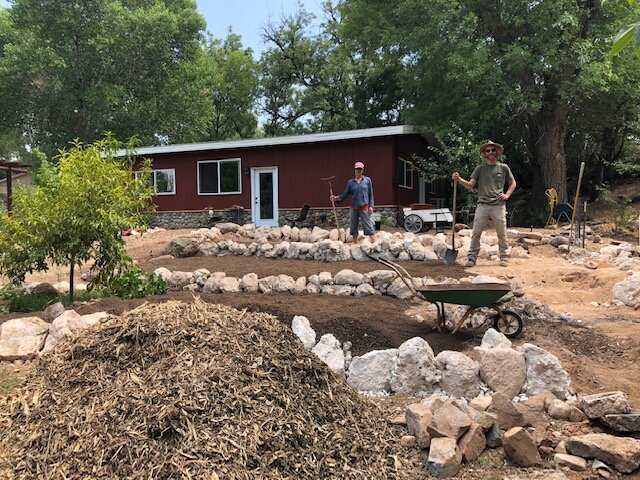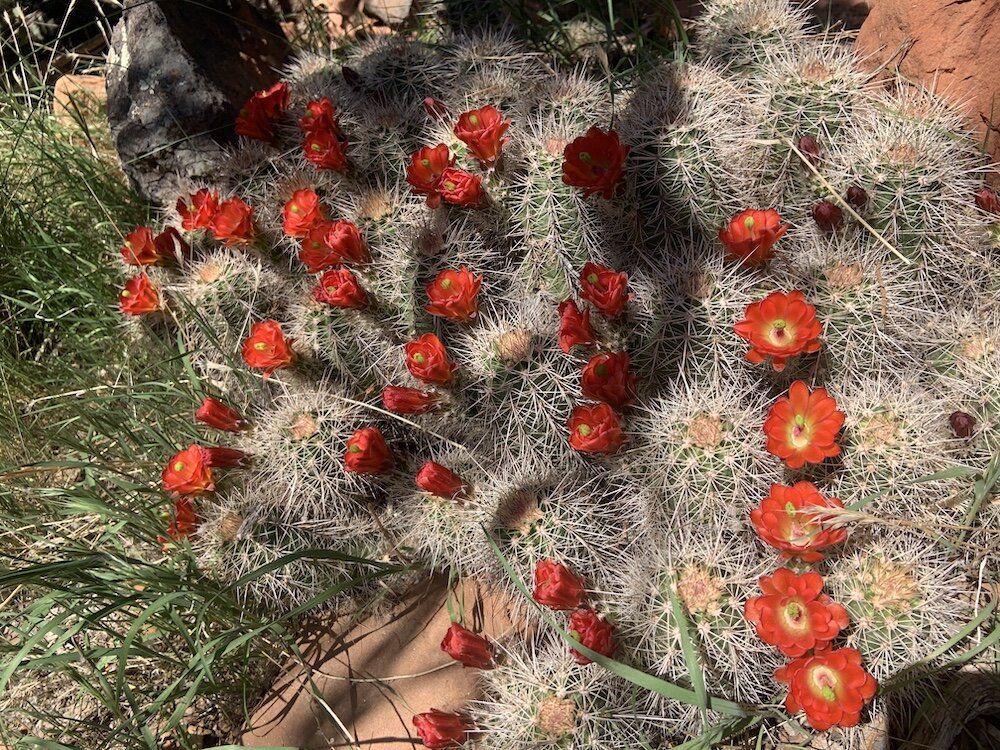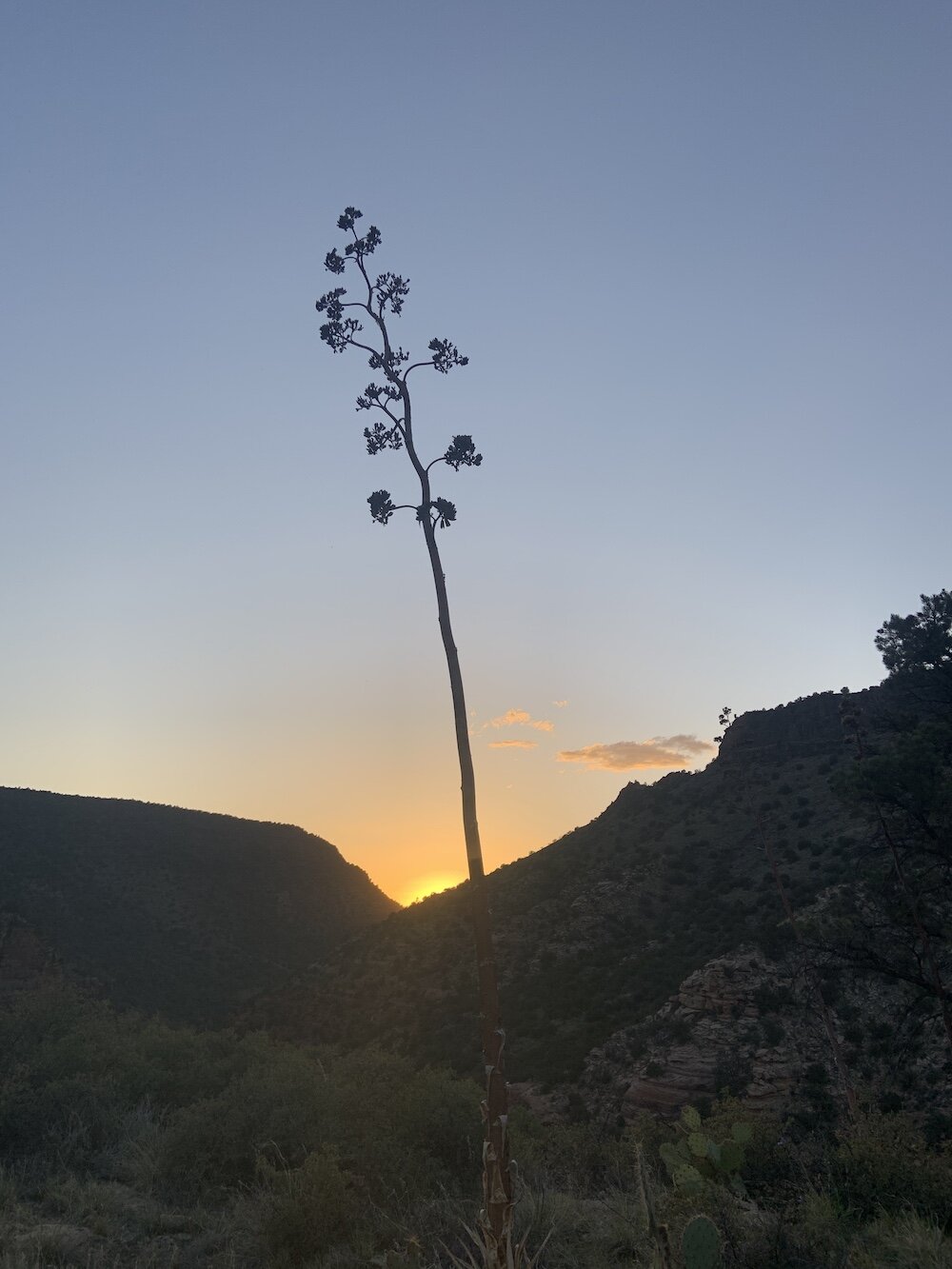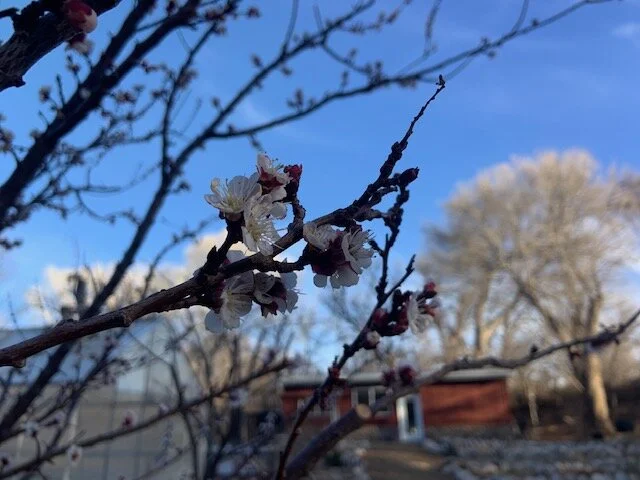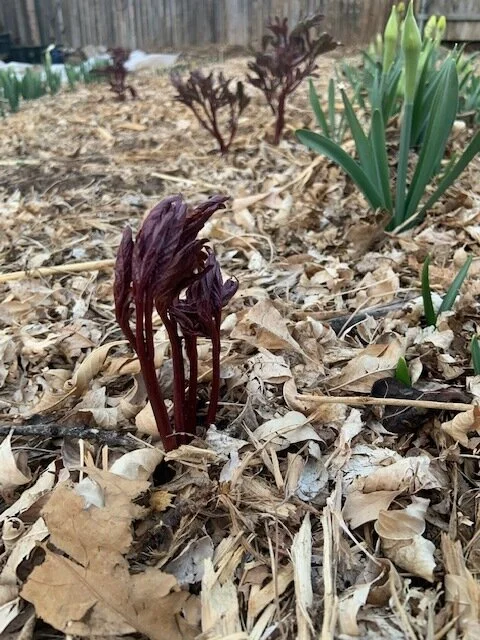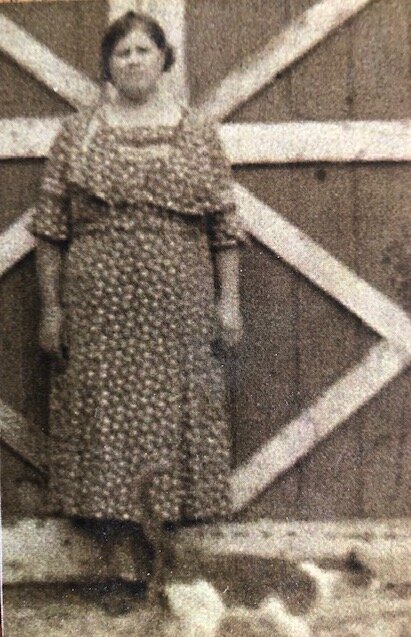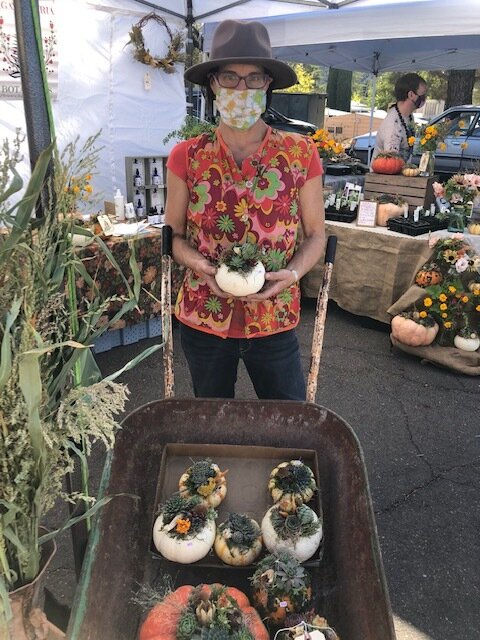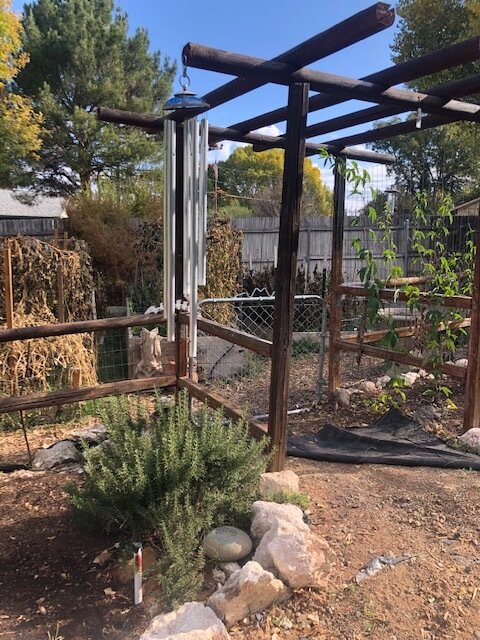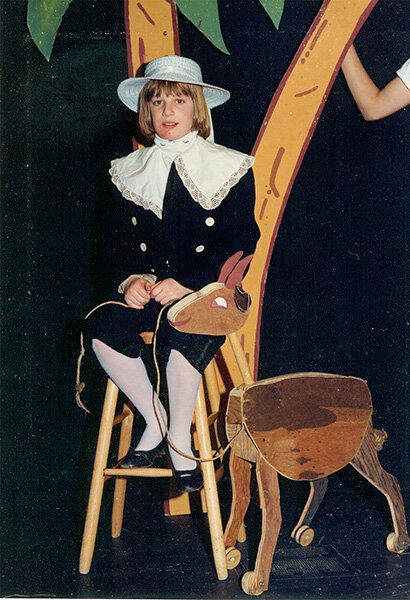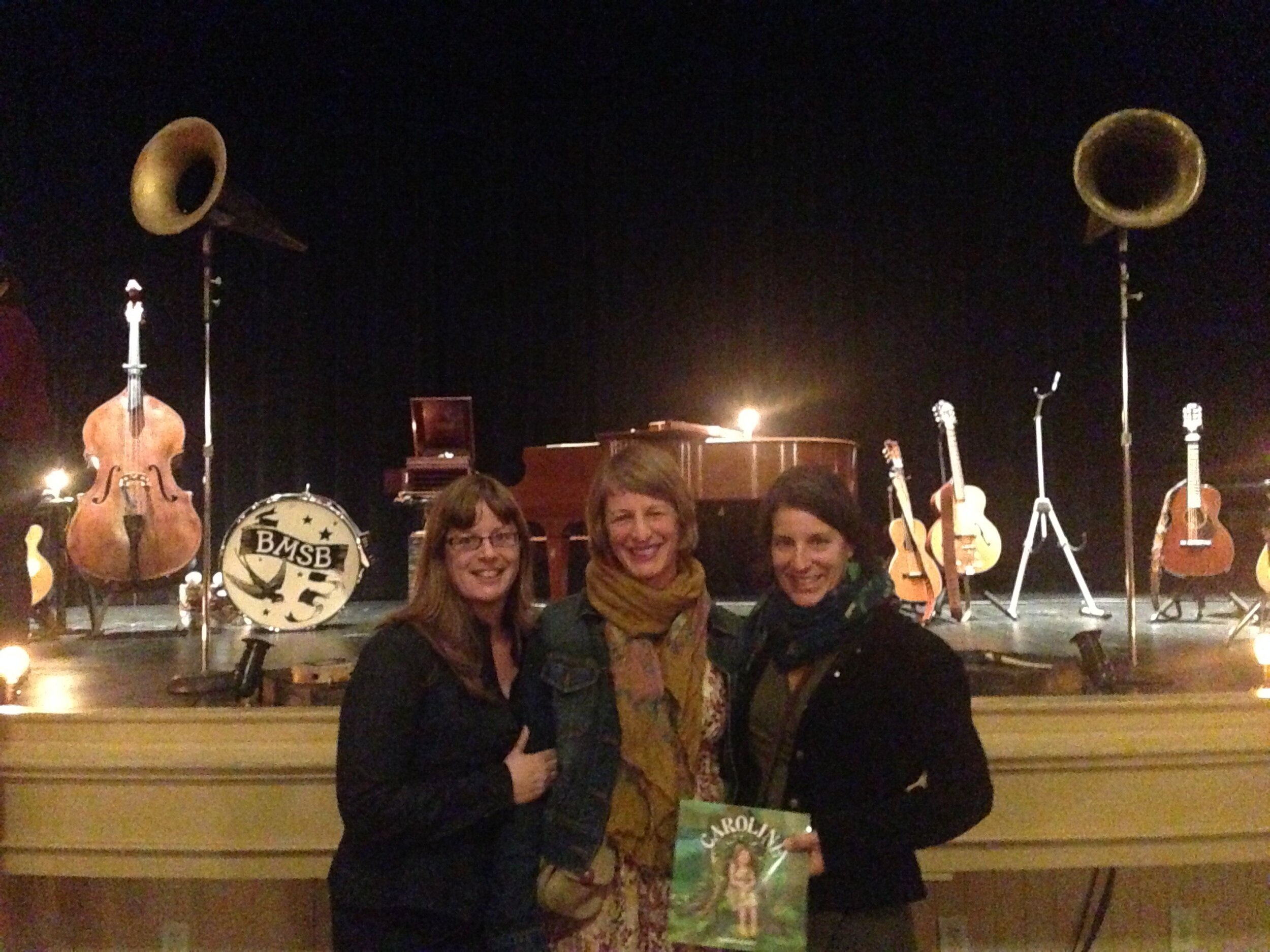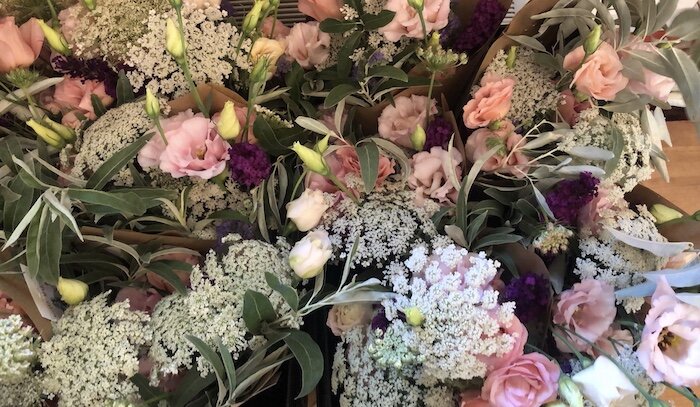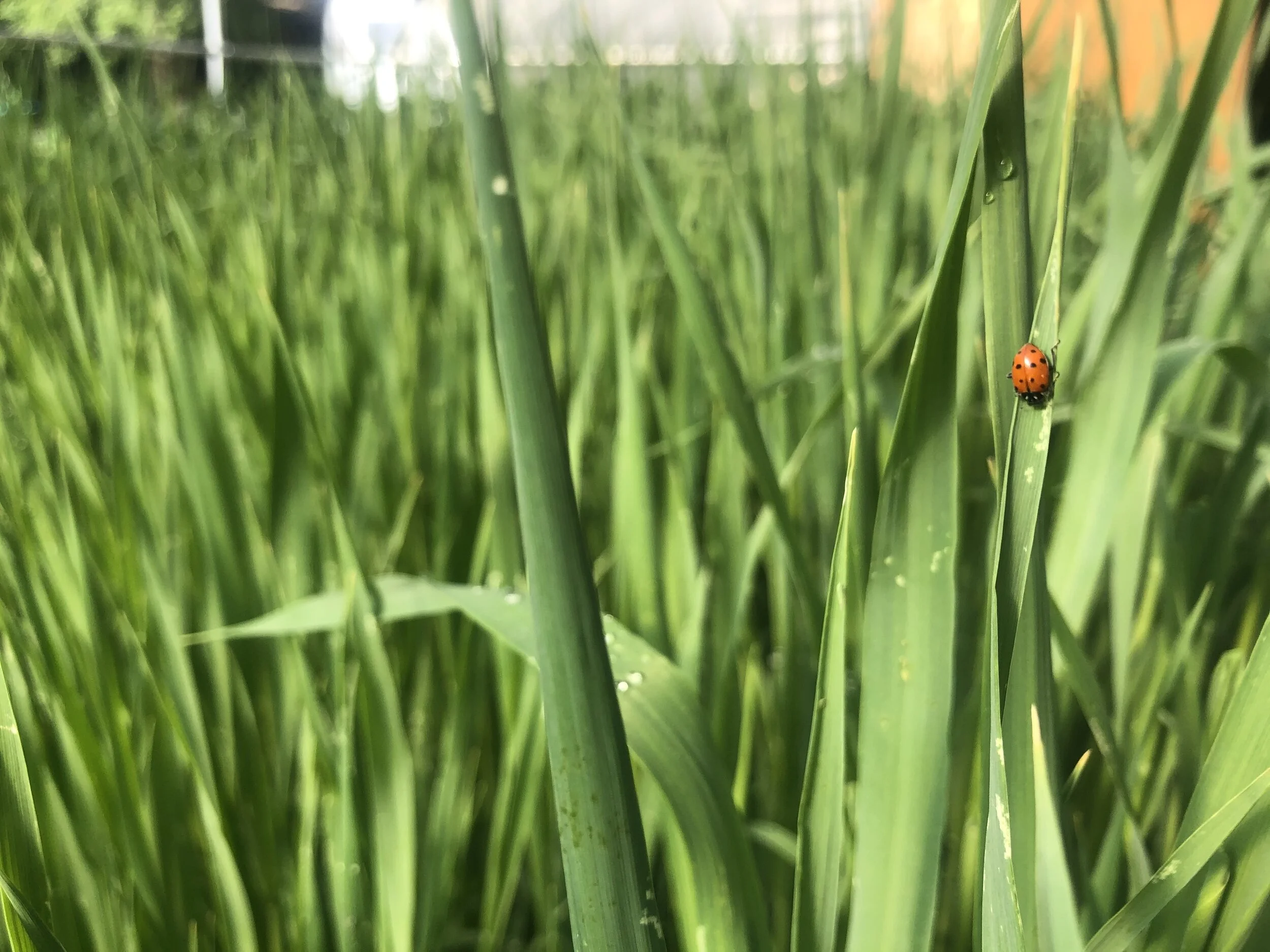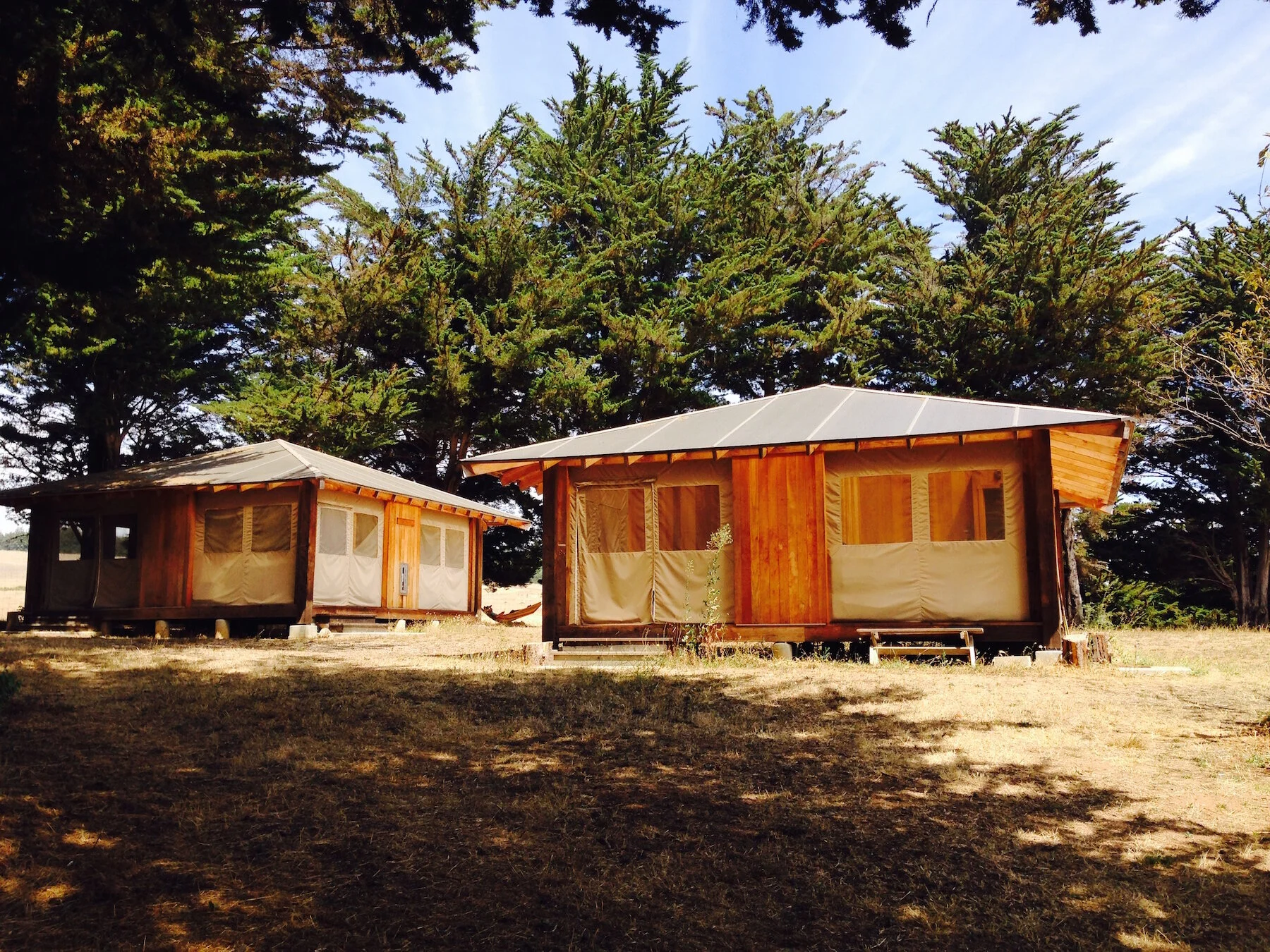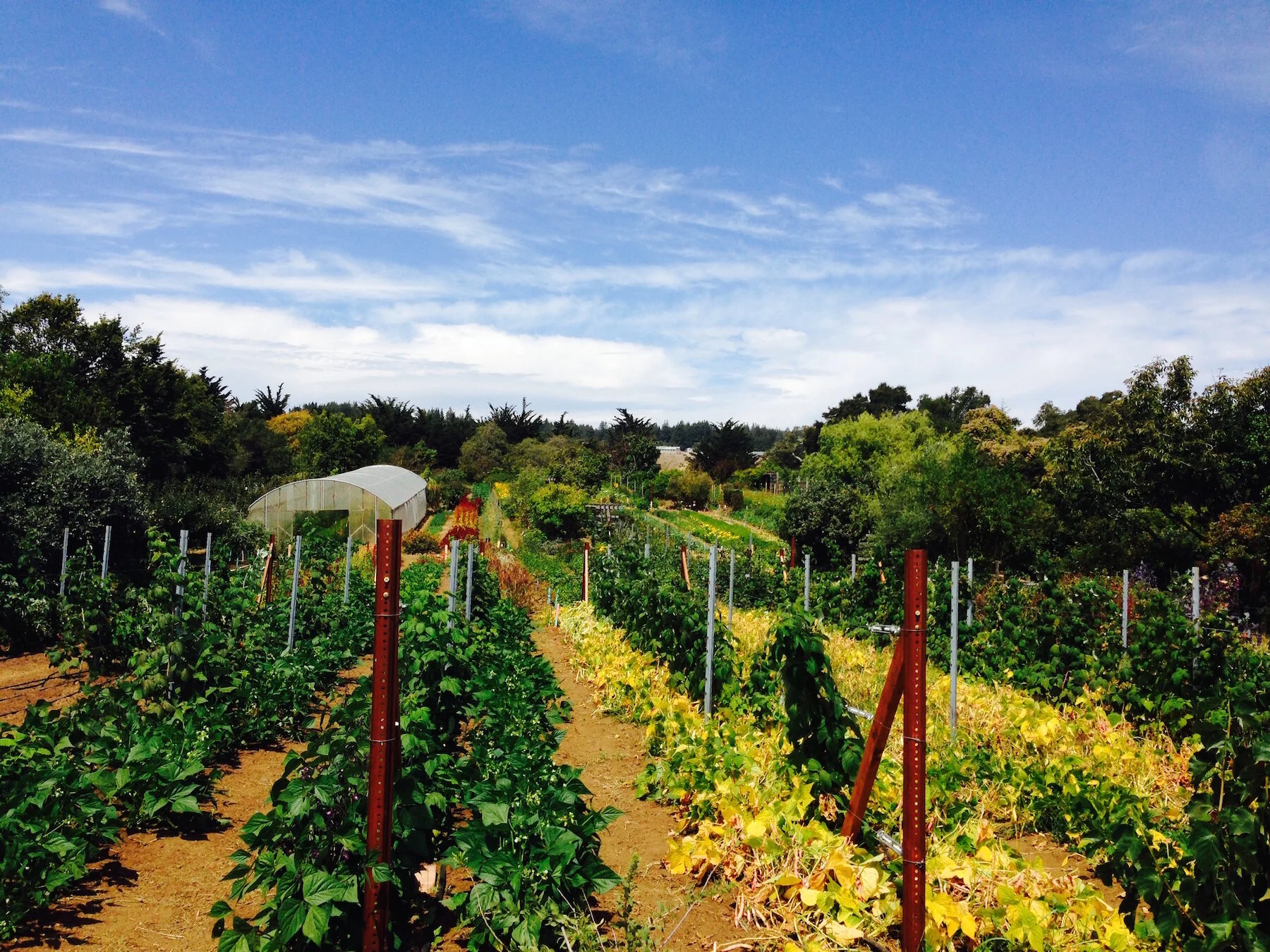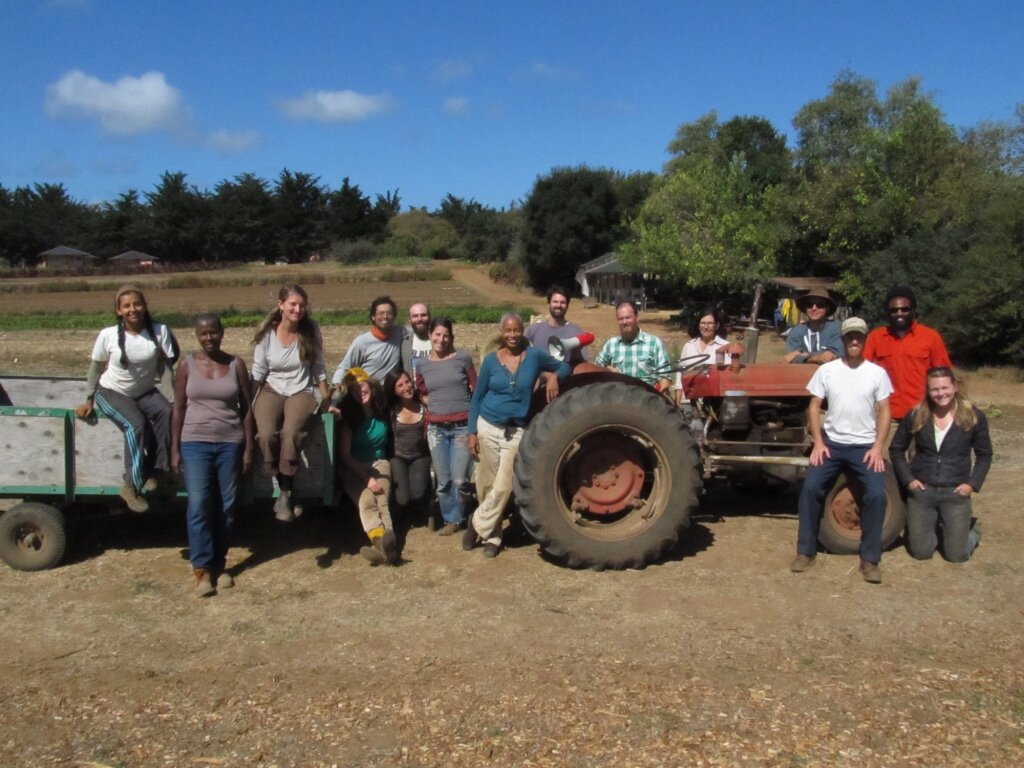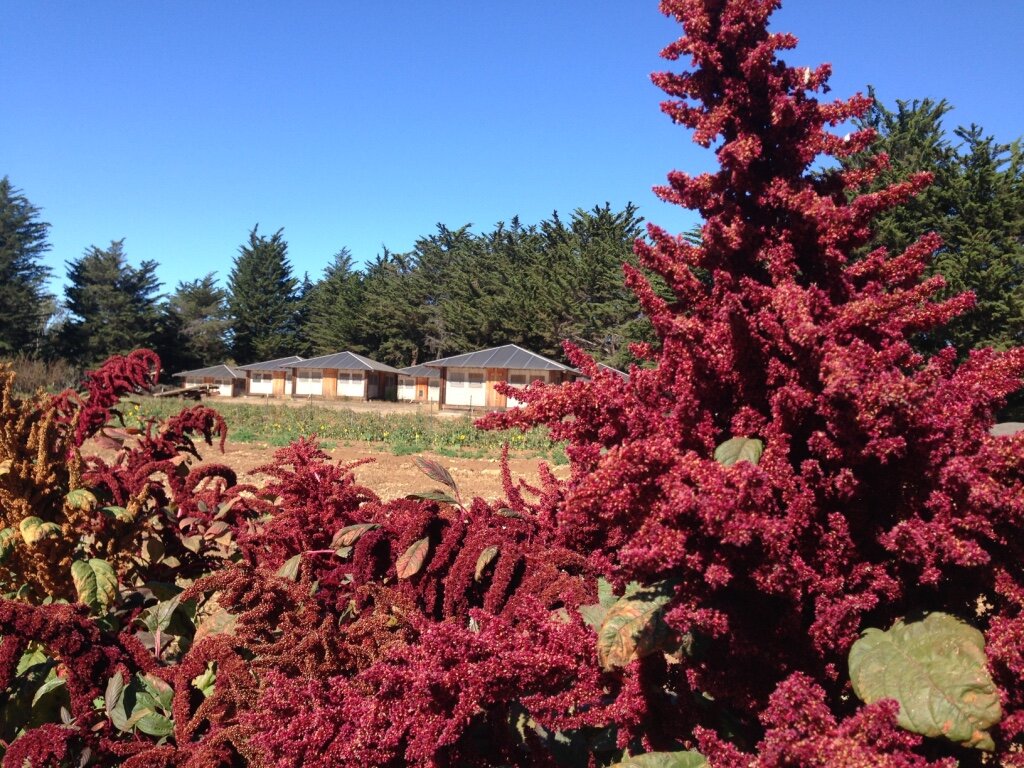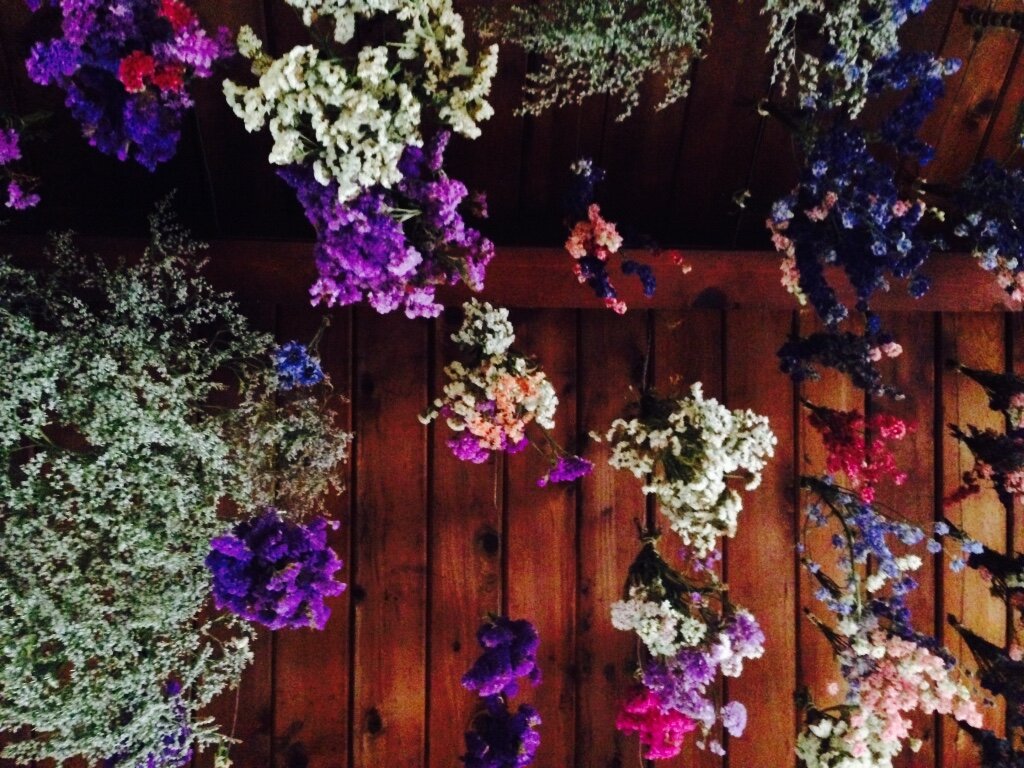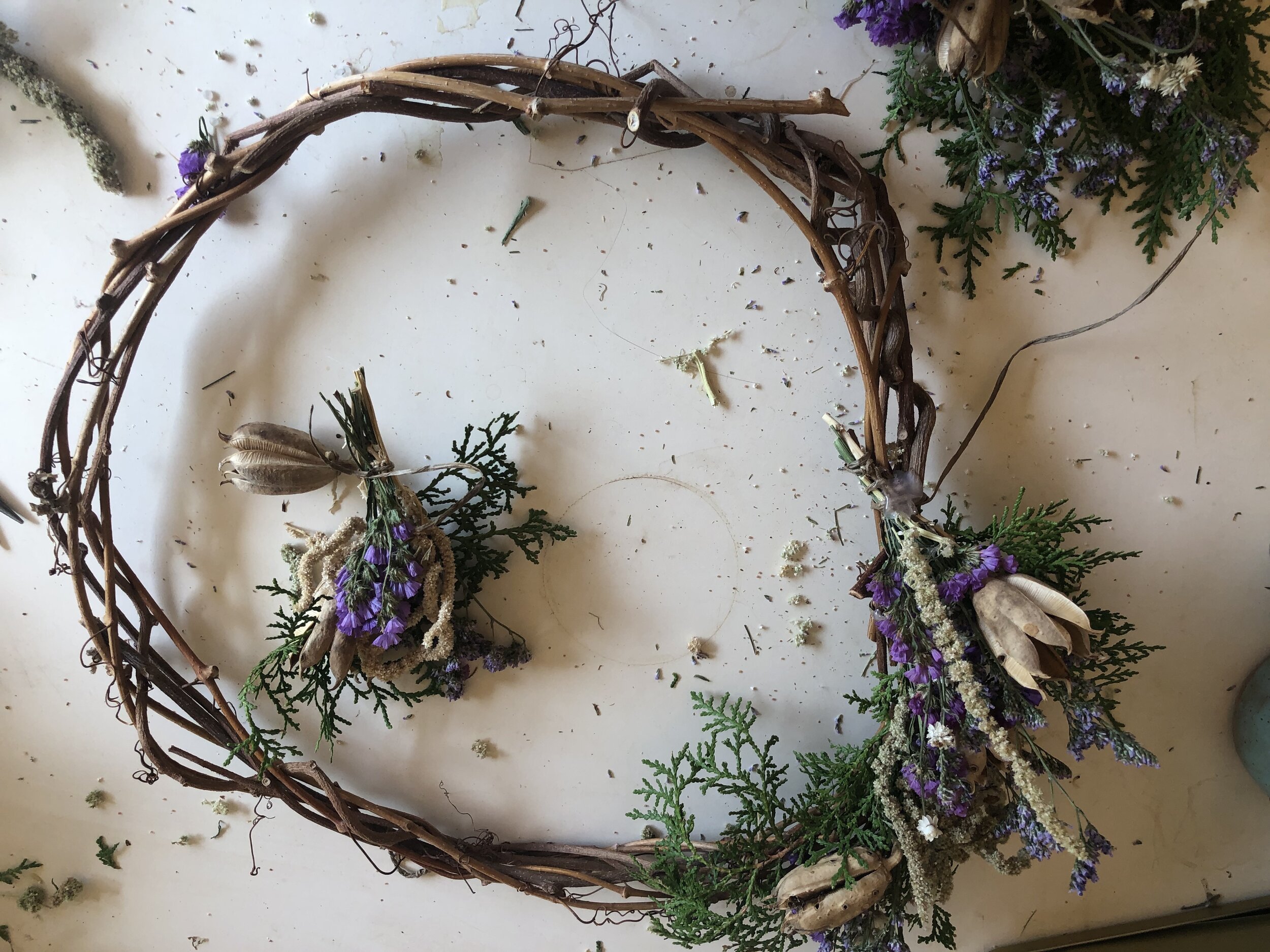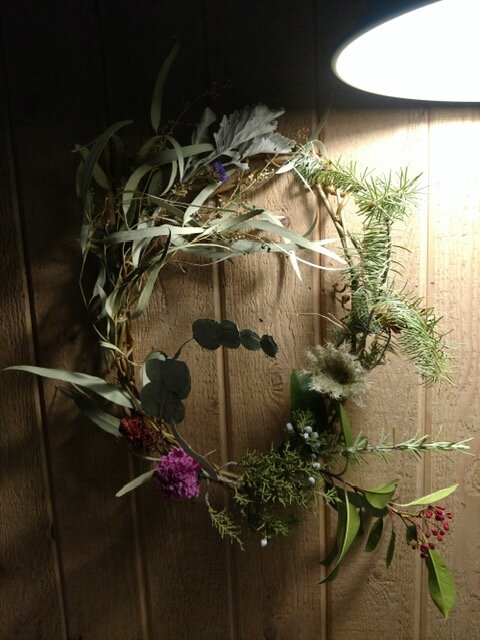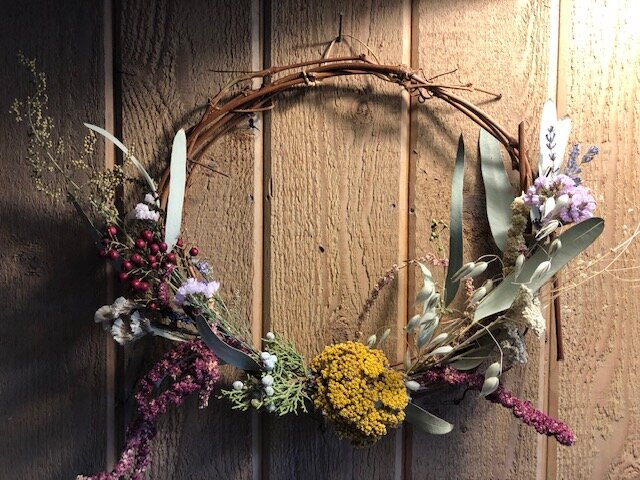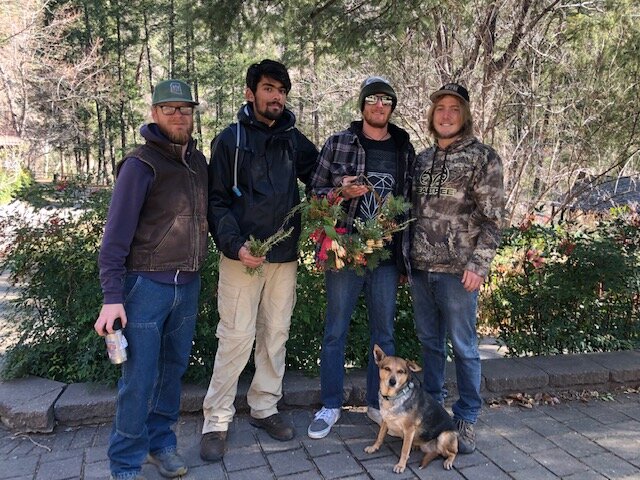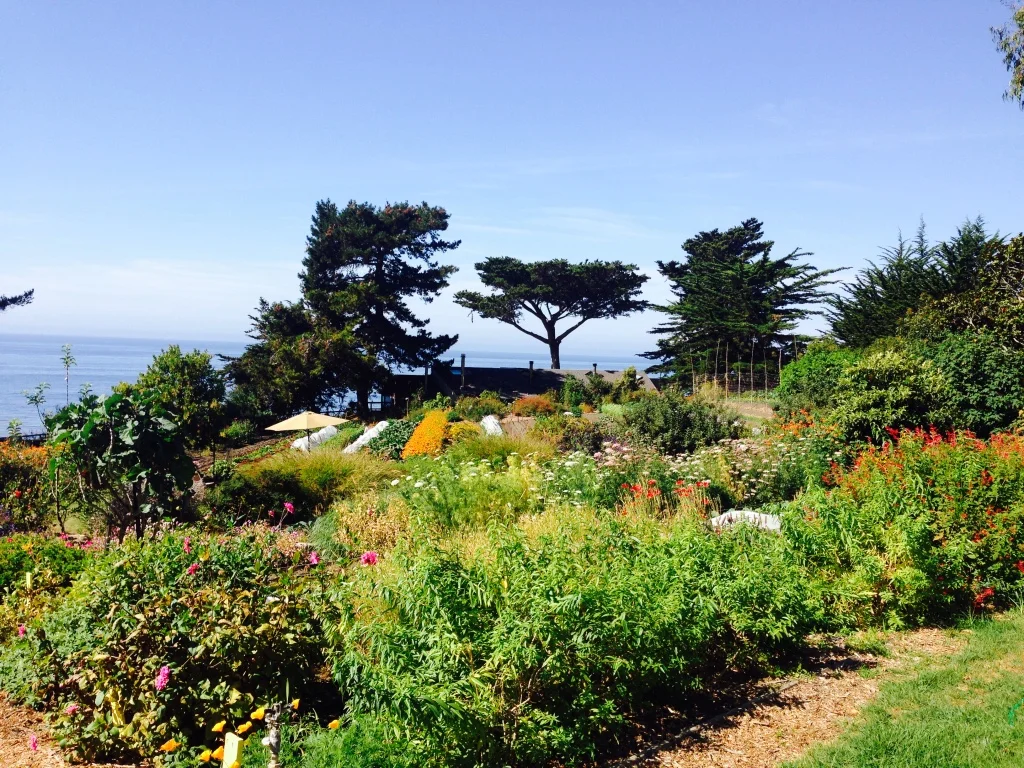By Kate Watters
The first day visiting my family in Vermont this summer began in my sister Kara’s garden. We sipped coffee and relieved our jet lag with a barefoot stroll through robust perennial islands displaying fireworks of color and texture. While we oohed and awed at the garden, Kara shared her ideas to revise and expand, yanking weeds as we walked. She inherited this established garden four years ago when they bought the house, and she and her family dug right in to make it their own.
Garden joy runs in my family—the love and work of growing, nurturing and eating plants.
I traveled with my Arizona sister, Kelly, who has been helping on my farm for the past two summers. This was our first visit home since COVID, and the changes were most apparent in Kara’s rapidly growing teenagers and our aging parents. In June, our mom fell on their soapstone hearth and fractured her lumbar spine. Much of our visit was spent problem solving and caregiving. In addition to washing her hair and helping her dress, my mom directed me to check the progress of the dahlias—tubers I gave her last year from my plants. I filled the house with bouquets from her perennials and the wild borders to bring the garden inside for her to enjoy. She suffers from neuropathy and it has been years since she has kneeled in the garden to pluck weeds and plant. She now observes daily progress from the screen porch.
At 83, my dad is still enthusiastic about tending his vegetable garden. The stone steps Kelly and I built on a visit ten years ago lead down to a grassy expanse edged with overgrown perennials and a wild bramble of raspberries and vines reclaiming the land that was stolen from them by lawn. Over the years his garden has shrunk to islands tucked along stone walls, in stock tanks and amongst a crumbling foundation of the shed I used to keep rabbits. I find myself itemizing the risks and treachery involved with every tomato he harvests—the tripping hazards, the awkward placement of gates and compost piles and hoses; weighing these against the joy he finds in a salad he grew from seed.
Planning the garden with my mom and dad photo by Kelly Watters
When I was a child, my dad tilled this ground each spring and the seeds we planted there took root in me and my sisters. Digging into this black soil again with a 100-year-old spade that conveyed with the 1877 stone house they bought nearly 50 years ago— reminds me that the mark of this place is imprinted on me. This vignette of weathered wooden fences, stone walls, red barn, framed by meadows full of wild flowers resonated a pleasing harmony in my heart.
The pleasing vignette of my dad’s garden
As I lived full summer days in the moist, green glory of Vermont, the reality of my other family still existed, far away in Arizona at 108 degrees. The farm, my flower babies, my honey and my dog; growing and living their routine. At first, I habitually checked the weather in Rimrock, but as I immersed in the urgency of our family homeland, thoughts of my own receded.
During 2020, my first year on the farm, I managed to be away for only three nights, due to COVID and the massive undertaking of establishing productive flower gardens. I felt like the mother of a newborn—bound by breastfeeding and fretting over everything. A year later, I have an automated irrigation system and realize that I am the one that needs to be weaned. Even with just over one acre, I marvel at the enormous, complex organism I am part of. So too is my family, and I wonder how it will be possible to care for both.
The last time I visited in summer of 2019, I was helping my dad recover from open heart surgery. He would send me to the garden to harvest something and I tried to imagine how in his frail condition he would be able to recover the strength to continue to garden safely. The health crisis he endured motivated him to alter his diet to whole foods and cut out sugar. He now spends his restored energy caring for my mom, but still has reserves to plant and plan next year’s garden (with raised beds right next to the house).
I marveled that the plant medicine we need is always nearby—the lush patches of stinging nettle, raspberry leaf, tulsi basil, the wild roadside weeds like chamomile and St. Johns wort. These plants help keep our immune systems strong, reduce inflammation and pain, and calm the nerves. Even the invasive Japanese knotweed we Kara’s family removed to access the brook can help treat Lyme disease, which has contributed to my mom’s neuropathy. “We grew up with so many good weeds!” Kelly exclaimed with delight.
Relaxing with Auntie Kelly on the mossy forest floor.
These woods, the places we have touched and known and grew us, I now see imprinted on Kara’s children. We visited their old homestead on West Street across from an apple orchard with a spring and woods and pastures and rock walls like the ones we had as children. Her kids grew up drinking from the spring, playing in the woods and pressing cider from the apples gleaned at the end of the season. The patio they built so carefully with hand-picked stones was engulfed by weeds. The blueberry bushes and peonies they planted almost 10 years ago were heavy with flowers and fruit despite no one there to tend or enjoy them. The forest path they maintained was overgrown with ferns and fir saplings. Fallen trees in various states of decay were disappearing into the silence of the forest floor to become rich soil. It's hard to even compare this version of lush to our riparian desert farm, which is green by Arizona standards but can hardly be considered in the same family. And yet it is somehow connected through us, like a root traveling underground seeking moisture.
We picked our way through these woods with her now teenage kids caught between the everyday wonder they experienced as children and the present escape of video games and social media. We rested on the soft carpets of verdant moss, and the sweetly uncurling ferns where the kids remembered building fairy houses. As we navigated the green thickness of tangled plant life climbing and clambering atop one another, they stopped to find sweetness in the tiny, delicious wild black raspberries hidden beneath it all. A reminder that wild garden delights are everywhere if we are paying attention.
Published in the AZ Daily Sun FlagLive.




